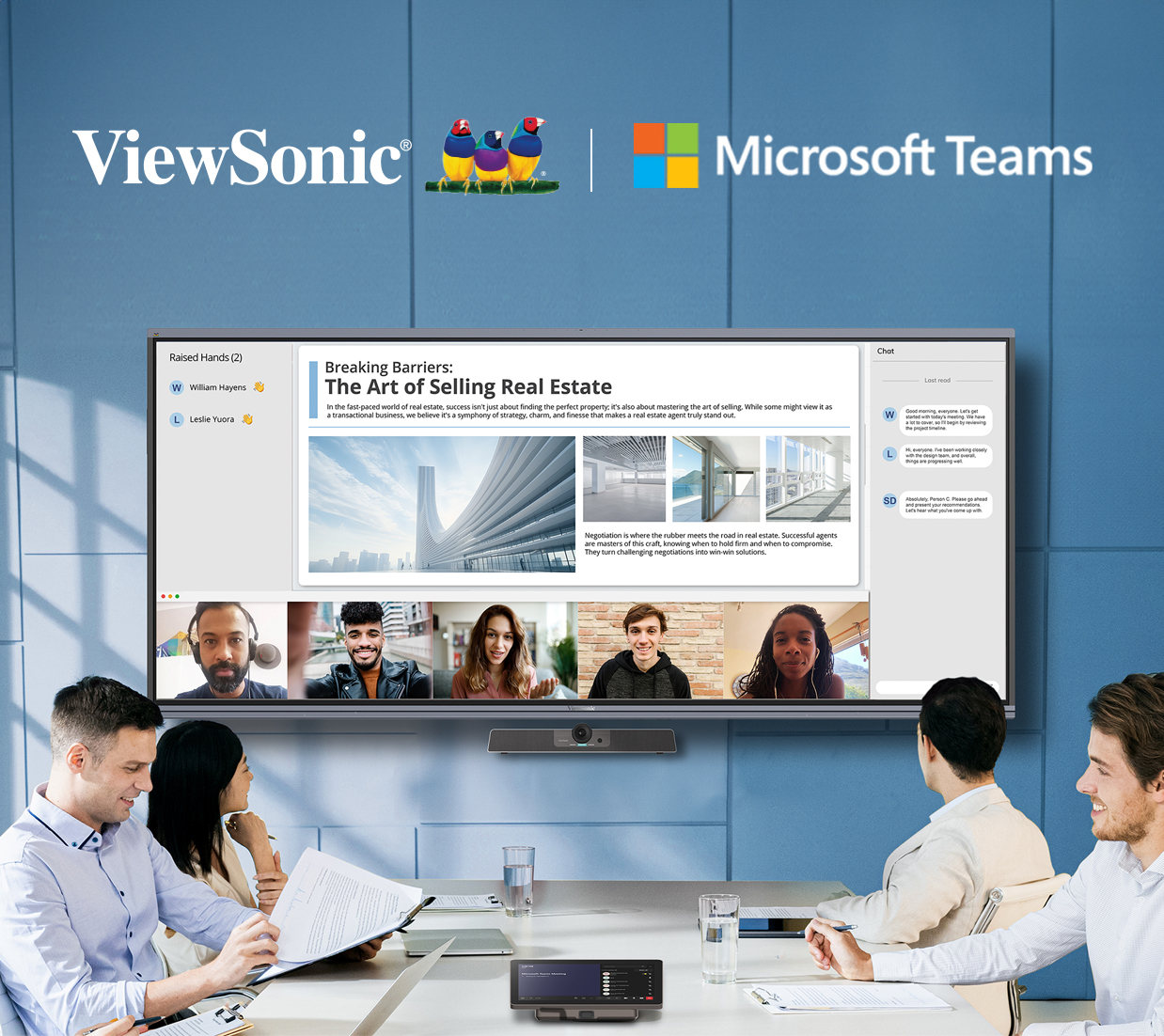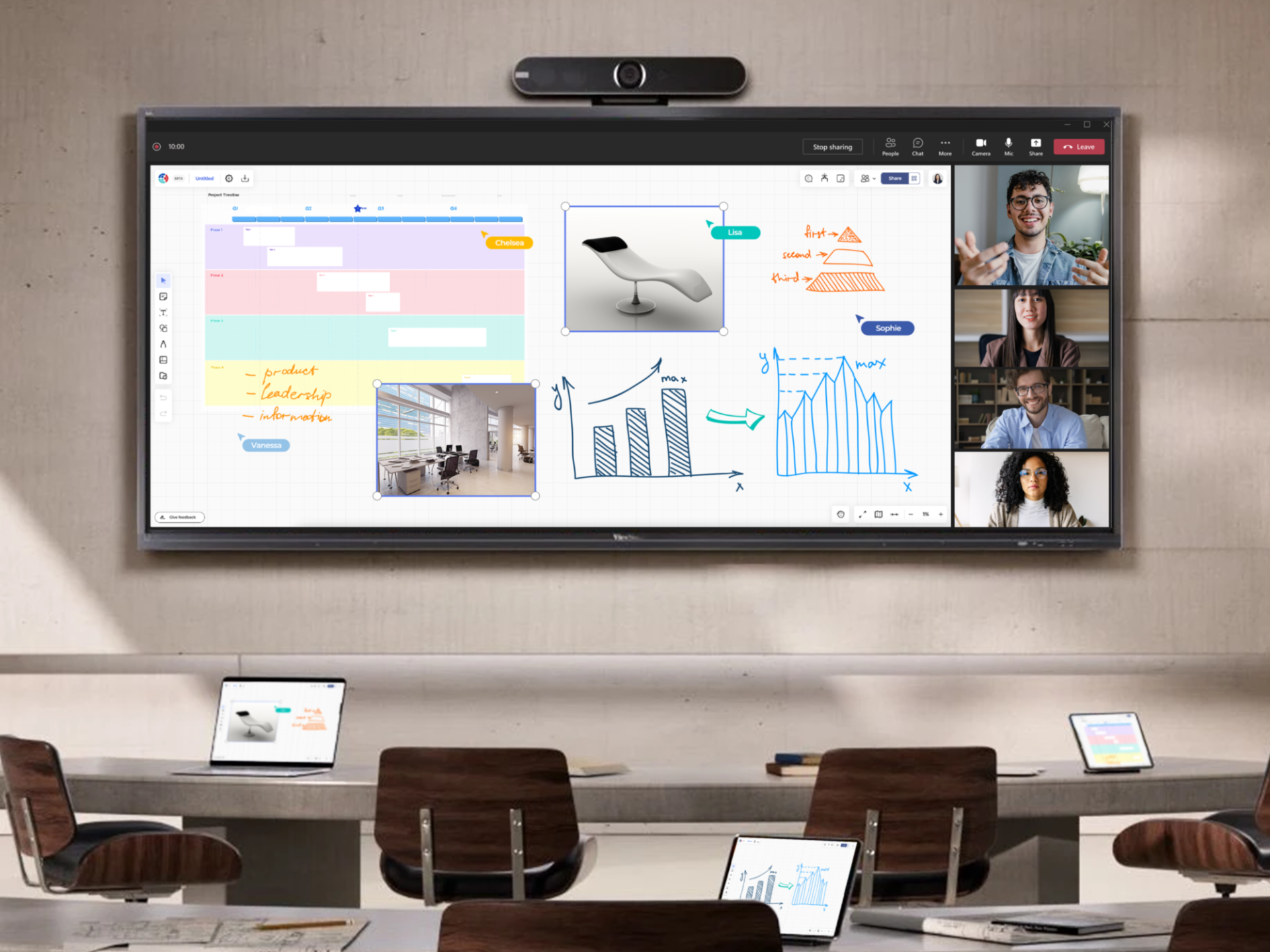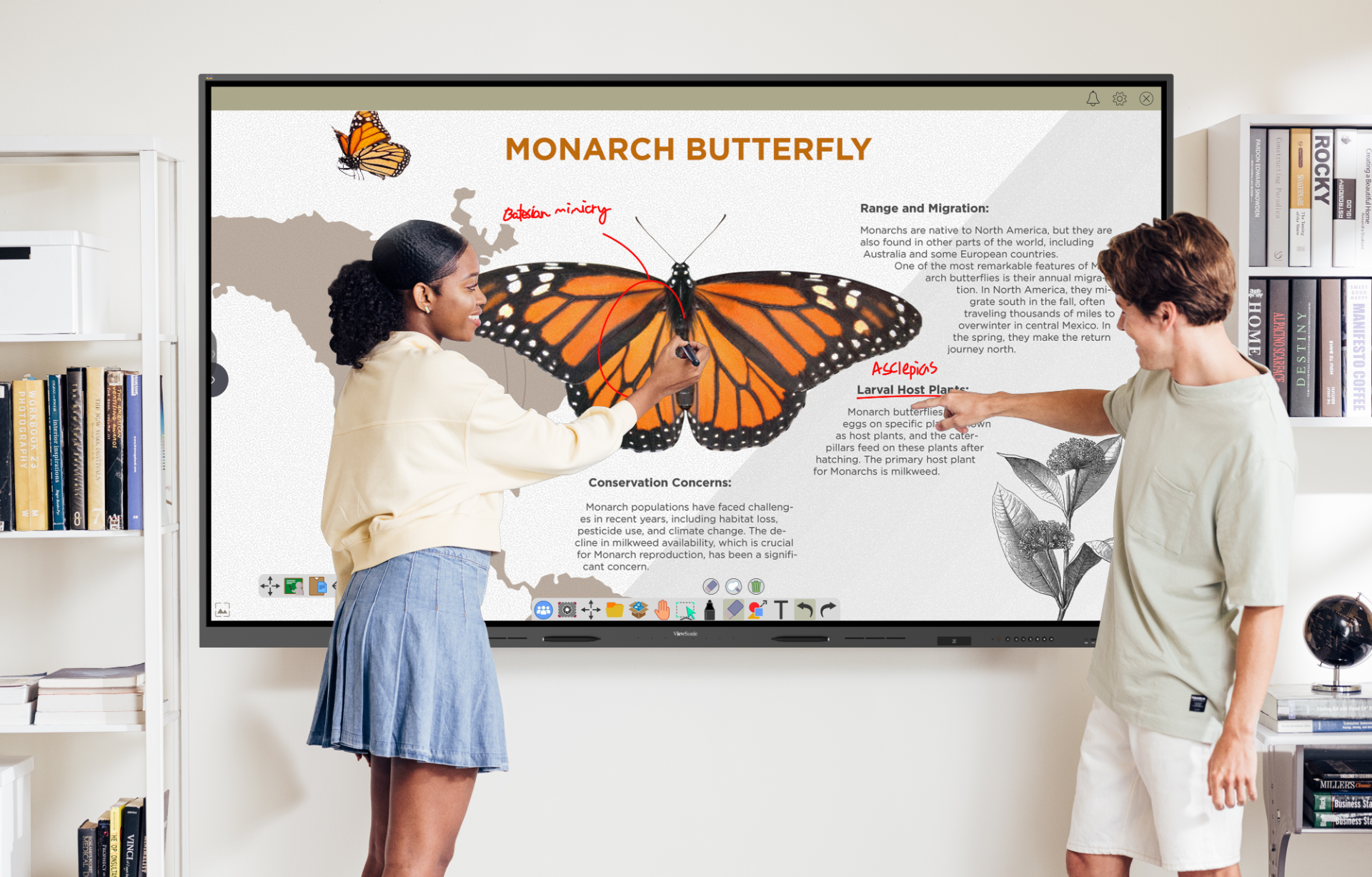School District Upgrades Teaching and Learning Capabilities with ViewBoard Interactive Displays and myViewBoard Software
- Aug 1, 2023
CASE STUDY
School District Upgrades Teaching and Learning Capabilities with ViewBoard Interactive Displays and myViewBoard Software
SCHOOL
The Alisal Union School District (AUSD) serves around 7,500 students in 12 neighborhood K-6th grade schools (including preschool programs) and one virtual school in East Salinas, California. Many of the teachers and staff are from the community, and a significant number of the students served are from farmworker and immigrant families. In addition to its 13 schools, AUSD offers three family resource centers. Each school is also supported by its own counselor, library specialist, instructional coach, and assistant principal. Additionally, every school is further supported by district-wide psychologists, school nurses and LVNs, and speech therapists. Additional offerings include seasonal sports, music, folklórico dance, and after-school and weekend academic support and enrichment, including NASA STEM Academy and Intro to Coder Dojo.


“When we looked at the reliability and price point of ViewSonic’s ViewBoard product, along with the training and support they were offering, it all added up for ViewSonic. They were the sweet spot of everything we were looking for.”
— Joshua Harris, AUSD Director of Edtech
THE CHALLENGE
Imagine using the same edtech – for 20 years. That’s how long the Alisal Union School District had relied on classroom projectors and pull-down screens. The time to replace them was long overdue.
“The projectors just weren’t cutting it,” said AUSD Director of Edtech Joshua Harris. “20 years is quite old for digital and electronics technology. It’s not going to be reliable.”
The push to purchase new front-of-classroom display technology came from a newly appointed superintendent, who intended to update classrooms for 21st century learning. Café seating and other flexible furnishings were planned to support active, project-based learning. Harris was asked to find a complete solution that would support this classroom modernization.
“The edtech professional mindset deeply considers teacher perspective,” said Harris. “Top of mind for us was finding a solution that would ease the transition for teachers unaccustomed to modern instructional technology.”
Another key requirement was the ability to untether teachers from their desks, which would allow them to take full advantage of the updated classroom and evolving pedagogical direction.
“We wanted a solution that allowed the teacher to be freed from their desk and from the need for added tech like a document camera or tablet,” said Harris. “We also wanted a simple, stable solution.”
Asking themselves, ‘what will meet these goals while giving us the closest to 100% uptime,’ the IT team assessed current available technology and found the answer: interactive flat panel (IFP) displays.
THE SOLUTION
After some months of research, the team further determined that interactive flat panel displays would meet all their criteria. They narrowed the field to ViewSonic® ViewBoard® interactive displays with myViewBoard® software, which provided them with an ideal combination of features.
“When we looked at the reliability and price point of ViewSonic’s ViewBoard product, along with the training and support they were offering, it all added up for ViewSonic,” said Harris. “They were the sweet spot of everything we were looking for.”
After piloting the solution in 14 K-6 classrooms, the edtech and IT teams together recommended that the district outfit all learning spaces with ViewSonic ViewBoard interactive displays. The district purchased 300 ViewSonic ViewBoard IFP7550 75-inch interactive displays with myViewBoard software, which would be installed in waves following the start of the next school year.
THE RESULTS
As with any change, some teachers were initially resistant. At the same time, teachers in the pilot classrooms began talking about how much they enjoyed using the new interactive displays.
“We’re a very word-of-mouth community, and the teachers who had used the ViewBoard interactive displays were sharing their opinions,” said Harris. “They commented on the improved clarity and brightness of the images, and how much they liked being able to keep the lights on and shades open. The early adopters quickly started using the myViewBoard digital whiteboarding software and spread the word about how useful it was to be able to annotate and highlight content.”
While the peer encouragement helped immensely, Harris knew that much more was needed to smooth the transition.
“We lean heavily into training teachers,” said Harris. “My motto for this department is that investment in teachers is investment in students.”
First, he and his team introduced the full teaching staff to the new tech at the annual district convocation meeting, where they demonstrated the solution’s capabilities, including the handy toolbar with one-touch access to apps, pens, and other front-of-glass tools; the ability to share and receive content using the ViewBoard Cast™ software; and the smooth 20-point touchscreen.
“Our goal was to build positive anticipation for the devices,” said Harris. “I think this demo definitely did that. For one thing, there were audible gasps when we demonstrated some capabilities – like the ability to draw 3D shapes.”
For another, Harris said, after the presentation he was approached by teachers who told him how excited they were to use the interactive displays in their classrooms. Resistance among change-and tech-averse teachers was waning.


In line with the district’s reputation for commitment to professional development, district leaders agreed to compensate teachers for time spent training with the ViewBoard interactive displays prior to their installation. A ViewSonic trainer held 10 two-hour zoom trainings, each covering the same ViewSonic Level 1 Module 1 lessons. Teachers were paid for their time spent after contracted hours and were allowed to attend the trainings as many times as they liked.
“Our ViewSonic trainer, George, did such a great job with the virtual training,” said Harris. “It wouldn’t be the easiest thing to do – teaching how to use a touch-based device on Zoom – but he did it. The teachers found it very valuable.” One week after the training, the most ambitious teachers were getting students out of their seats, working at the boards, and mirroring content to and from their Chromebooks. Other teachers were getting their feet wet with the intuitive teacher-centered tools on the one-touch toolbar. Student enthusiasm was palpable. Younger cohorts enjoyed anything from simple annotation, starting and stopping the timer, and erasing content – all perfect stepping stones for where the technology would take them. Virtually all students were more engaged with content displayed on the ViewBoard displays.
With around 70% of the ViewBoard solutions deployed, Harris reported that the next steps would include training in using the myViewBoard lesson creation software, which will enable teachers to develop and share content from their Google Drives.
Related Items


ViewSonic myViewBoard Software










Login and Registration Form